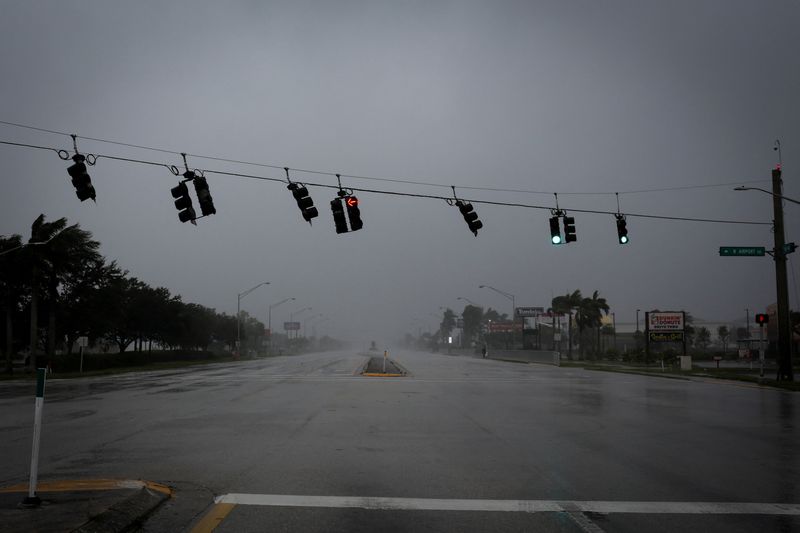Explainer-How hurricanes cause dangerous, destructive storm surges
2022.09.28 13:30
[ad_1]

Explainer-How hurricanes cause dangerous, destructive storm surges
Budrigannews.com – Hurricane Ian is expected to produce catastrophic storm surges as it powers into Florida’s Gulf Coast on Wednesday, with forecasters predicting the sea inundating land up to 18 feet (5.5 meters) above sea level in some areas.
Storm surges are often the most deadly and destructive phenomenon to accompany a hurricane.
Here’s why that is and how they form.
WHAT IS A STORM SURGE?
As a hurricane approaches a coast, the churning winds force ocean water up onto land; atmospheric pressure from the storm also helps squeeze the water ashore. The shallower the continental shelf, the higher the threat of a dangerous surge. The waters may take a couple of days to fully subside.
The National Hurricane Center (NHC) says these surges are “often the greatest threat to life and property from a hurricane.”
WHY ARE STORM SURGES SO DESTRUCTIVE AND DANGEROUS?
Water is heavy: about 1,700 pounds (770 kg) per cubic yard. And it can move fast in a surge, sweeping people to their deaths, throwing about boats and vehicles and pulverizing structures. Six inches of fast-moving water is enough to knock over an adult, the NHC says. Surges become even more dangerous as they coincide with high tide.
A powerful storm surge can cause long-term damage by sweeping away roads, eroding beaches and contaminating land with salt water, harming wildlife and agriculture.
Hurricane Katrina in 2005 caused storm surges of over 25 feet in New Orleans. The NHC says many of the 1,500 people killed lost their lives, directly or indirectly, to the storm surges.
WHAT ARE METEOROLOGISTS PREDICTING WITH IAN?
The National Hurricane Center is forecasting storm surges of at least a foot or so along virtually the entire Gulf Coast of Florida, but said the 50-mile stretch between Englewood and Bonita Beach will face the worst of it, with a current forecast of surges between 12 and 18 feet above normal sea level.
The area includes the city of Fort Myers, much of which will be inundated, the NHC predicted. The hurricane is forecast to move ashore later on Wednesday afternoon, roughly around the time that high tide comes, around 4:30 p.m. ET (2030 GMT).
Florida officials, who previously issued evacuation orders, said the chance to safely flee the area has now passed, and urge people to shelter in place.
Read more:
The worst hurricanes in Florida’s history as Ian takes aim
How climate change is fueling hurricanes
[ad_2]
Source link








